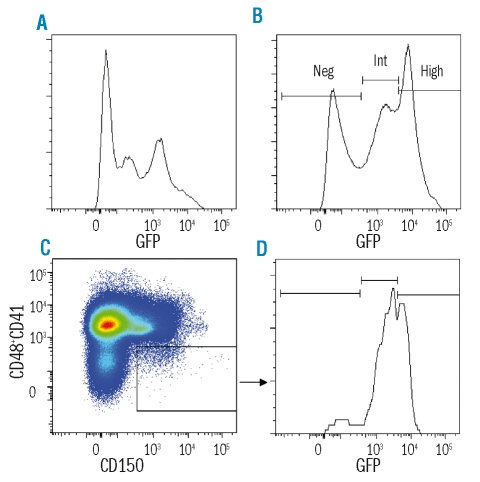The bone marrow is the origin of all hematopoietic lineages and an vital homing web site for reminiscence cells of the adaptive immune system. It has lately emerged as a graft-versus-host illness (GvHD) goal organ after allogeneic stem cell transplantation (alloHSCT), marked by depletion of each hematopoietic progenitors and niche-forming cells.
Serious results on the restoration of hematopoietic perform and immunological reminiscence are frequent, particularly in sufferers after myeloablative conditioning remedy. Cytopenia and sturdy immunodeficiency brought on by the depletion of hematopoietic progenitors and destruction of bone marrow niches negatively affect the result of alloHSCT.
The advanced stability between immunosuppressive and cell-depleting remedies, GvHD and immune reconstitution, in addition to the fascinating graft-versus-tumor (GvT) impact stays an important problem for clinicians.
B lymphopoiesis is important to generate a various pool of naïve B cells which can be in a position to answer a broad spectrum of antigens throughout immune responses to pathogens and to vaccination.
The advanced stability between immunosuppressive and cell
Rabbits have been utilized for a few years to generate excessive affinity monoclonal and polyclonal antibodies. Specific antibodies generated in rabbits have enormously superior scientific discoveries, however the distinctive qualities of rabbit B cell improvement have been underappreciated.
Unlike in people and mice, the place B lymphopoiesis declines in mid to late life, B lymphopoiesis in rabbits arrests early in life, between 2 and four months of age. This overview focuses on the early lack of B cell improvement in rabbits and the contribution of the bone marrow microenvironment to this course of.
We additionally suggest instructions for future analysis on this space, and talk about how the rabbit can be utilized as a mannequin to grasp the decline of B lymphopoiesis that happens in people late in life. Such research will likely be vital for creating therapeutics focused to forestall and/or reverse declining B lymphopoiesis within the aged, in addition to boosting immunity and antibody responses after an infection or vaccination.
Adaptation to hypoxia is a crucial mobile occasion each in pathological settings, reminiscent of most cancers and ischaemia, and in regular improvement and differentiation.
The mixture of decreased MCL-1 and normal chemotherapeutics is tolerable in mice
Oxygen is considered not solely an indispensable metabolic substrate for a wide range of in vivo enzymatic reactions, together with mitochondrial respiration, but in addition a key regulatory sign in tissue improvement and homeostasis by controlling a selected genetic program.

Hypoxia-inducible transcription elements (HIFs) HIF-1 and HIF-2 are central mediators of the homeostatic response that permits cells to outlive and differentiate in low-oxygen circumstances. Genetically altered mice have been used to determine vital roles for HIF-1 and HIF-2 in addition to vascular endothelial progress issue (VEGF)-a potent angiogenic issue and a downstream goal of the HIF pathway-in the regulation of skeletal improvement, bone homeostasis and haematopoiesis.
In this Review, we summarize the present data of HIF signalling in cartilage, bone and blood, and pay specific consideration to the advanced relationship between HIF and VEGF in these tissues revealed by knowledge from analysis utilizing animal fashions.
The research of those fashions expands our understanding of the cell autonomous, paracrine and autocrine results that mediate the homeostatic responses downstream of HIFs and VEGF.
